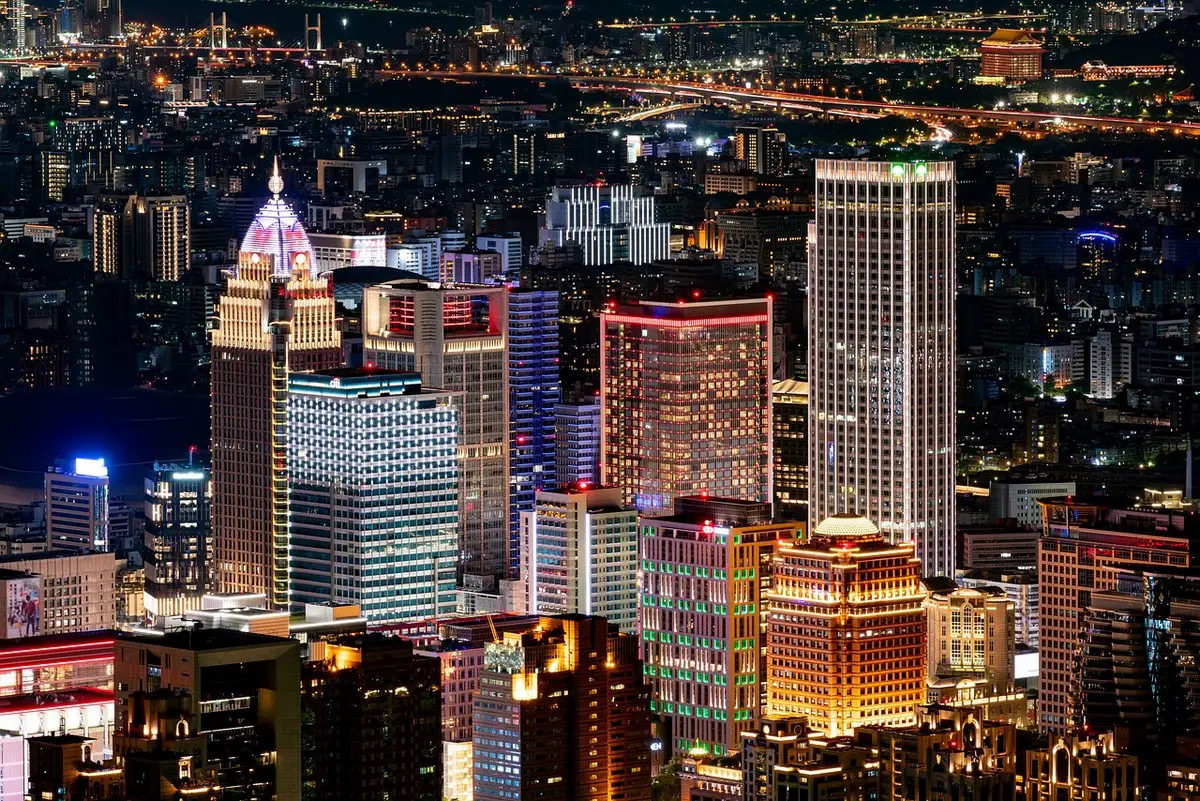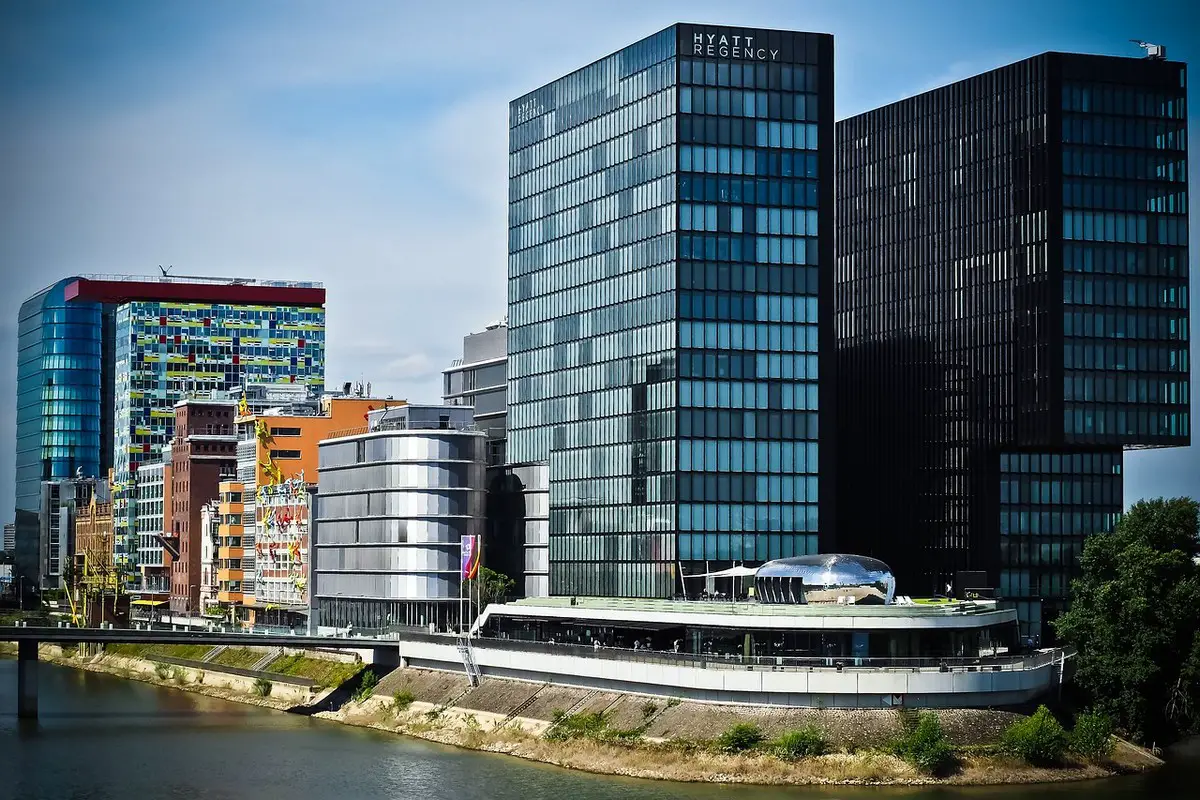Commercial filtration design aesthetics and functionality guide, Building pvc ball valves tips, Avoid fluid contaminants advice
The Art of Balancing Aesthetics and Functionality in Commercial Filtration Design
September 25, 2023
In the sprawling landscape of modern architecture, there exists a delicate dance between form and function. The radiant skyscrapers and avant-garde commercial spaces we admire often conceal intricate systems beneath their surface, making this balance even more poignant. Commercial filtration serves as a testament to this balance.
Seamlessly embedded, these systems often go unnoticed by the casual observer, yet they play a pivotal role in the daily operations of countless industries. When designers and construction contractors envision the incorporation of commercial filtration systems into building designs, the challenge arises: how does one achieve harmony between visual allure and sheer utility? Commercial filtrations aren’t mere fixtures; they’re a necessity in a variety of industries, requiring as much attention to design as to function.
The Rise of Commercial Filtration in Diverse Industries
From manufacturing hubs to urban offices, commercial filtration systems are making their mark. They cater to sectors ranging from health and hospitality to even finance and food processing. For instance, in the healthcare industry, ensuring a sterile environment is a top priority; therefore, filtration systems become the unsung heroes, safeguarding patient health by preventing airborne contaminants.
In the bustling world of hospitality, these systems ensure guest comfort, filtering out potential allergens and maintaining pristine air quality. Financial institutions, with their sprawling data centers, rely on filtrations using pvc ball valves to help protect sensitive equipment from dust and debris, thereby ensuring uninterrupted operations. Furthermore, the food processing industry has stringent safety standards, and commercial filtrations are pivotal in ensuring that products are contaminant-free and safe for consumption. Their ubiquity underscores their importance not only as functional tools but also as design elements in modern architecture.
Deciphering Commercial Filtration
At its core, commercial filtration is the strategic process of removing or mitigating contaminants from a specific environment, ensuring purity, safety, and compliance with industry standards. Whether it’s air, water, or any other medium, these systems play a crucial role in maintaining the desired conditions for a multitude of commercial spaces. Delving deeper, we can categorize these filtration systems based on their design and applications.
Types of Filtration Systems
Just as every building has its unique design blueprint, so do filtration systems. They can range from basic mechanical filters that trap larger particles to sophisticated ultrafiltration systems that remove minute particulates. As technology advances, we also witness the emergence of hybrid systems, marrying the benefits of multiple filtration methods to address complex purification needs.
Applications
Different buildings have different needs. For instance, a pharmaceutical facility may require advanced filtration to maintain sterile environments, preventing any potential contamination during drug production. Meanwhile, educational institutions might prioritize systems that improve indoor air quality, fostering a healthier learning environment for students. A corporate building, with its beehive of activities, might integrate systems specifically tailored to ensure the well-being and productivity of its inhabitants.
Design’s Role in Filtration Efficiency
In the architectural world, design isn’t merely about aesthetics; it’s also a determiner of functionality. When discussing commercial filtration systems, the importance of design escalates, as it can make or break the efficiency of the system in question. Beyond just the initial integration into a structure, various factors play into ensuring the system runs optimally.
Positioning & Placement
The location of filtration systems within a commercial space is paramount. Positioned incorrectly, a system can struggle, working overtime and wasting energy. Conversely, strategically placed systems optimize airflow and filtration rates, ensuring maximum efficiency. This not only aids in the longevity of the system but can also contribute to cost savings in energy consumption.
Material Selection
Filtration isn’t a one-size-fits-all solution. The choice of materials impacts system efficiency, from the filters themselves to the casings that house them. Different contaminants require different materials to effectively filter them out. For instance, certain materials might excel in trapping fine particulates, while others may be more suited for chemical filtration. Ensuring a match between the system’s material and its intended purpose is a crucial design consideration.
Ease of Maintenance
A well-designed filtration system isn’t just about immediate functionality; it also takes into account the future. Over time, all filtration systems require maintenance, be it filter replacements or cleaning. Designing these systems with ease of access and maintenance in mind ensures that they continue to operate at peak efficiency for years to come. It also means that any required interventions can be done swiftly, minimizing operational downtimes.
Integration with Building Systems
A commercial filtration system doesn’t operate in isolation. It needs to seamlessly integrate with other building systems like HVAC or water supply. Efficient design ensures that these systems work in harmony, not at odds. For instance, an HVAC system and air filtration should complement each other in maintaining indoor air quality, rather than one system potentially undermining the other’s efficiency.
Architects and Filtration Experts: Collaborative Forces
Behind every successful commercial building design that seamlessly blends aesthetics with functionality, there lies a powerful collaboration between architects and filtration experts. These professionals, while coming from distinct disciplines, often find common ground in the intricate dance of building design. Let’s delve deeper into the facets of their collaboration.
Shared Vision and Goals
For a project to succeed, architects and filtration experts must share a unified vision. This begins with an open dialogue about the building’s purpose, expected footfall, regional challenges, and potential environmental factors. By aligning on these foundational aspects, they ensure that both design and filtration work toward a common goal, be it sustainability, energy efficiency, or creating a healthy indoor environment.
Balancing Form and Function
Architects bring a creative flair, envisioning spaces that captivate and inspire. Filtration experts, on the other hand, bring a depth of technical knowledge, understanding the intricacies of filtration technologies and their real-world applications. Their collaboration is pivotal in ensuring that visually appealing designs do not compromise on essential functionalities, ensuring that systems are not just effective but also aesthetically cohesive.
Knowledge Exchange
As with any collaborative effort, knowledge exchange is key. Architects can introduce filtration experts to new design methodologies or building materials that can influence system choices. Conversely, filtration specialists can educate architects on emerging technologies, ensuring that designs remain future-proof and adaptable to evolving filtration needs.
Author Bio:
Mark Ligon is the marketing manager at Commercial Industrial Supply, a supplier of commercial & industrial piping, cam lock fittings, valves, filtration products and accessories. Ligon enjoys educating businesses on the specific parts of piping systems so managers can make informed decisions.
Comments on this guide to commercial filtration design aesthetics and functionality article are welcome.
Home Water Filters
Home Water Filter Posts
Buying Under Sink Water Filter for the Home?
Avoid Water Filtration Mistakes
Zip Water HydroTap drinking water system
Building Articles
Residential Architecture
Comments / photos for the Commercial filtration design aesthetics and functionality advice page welcome







